Introduction
This is one of the more challenging repairs on the Framework Laptop, but in the event you have hinges that have worn through their cycle life, you can resolve this by replacing them.
Tools
Parts
-
-
Power off the Framework Laptop by navigating to the Windows icon on the bottom left and clicking on "Power" followed by "Shut down," or if on Linux, the equivalent action there.
-
-
-
Unplug your power cable from the USB-C Expansion Card in your Framework Laptop.
(I had formerly left a long comment here about how you guys 'forgot' to have a bit about removing the expansion cards...and while some official guide on this is probably a good idea to have, it's...not actually necessary to remove them! Even though in the build guide, they go in last, they don't actually need to come out in order to replace the screen! Heh.)
-
-
-
Close the lid on your Framework Laptop and place it upside down on a soft, non-marring surface, such as the bag that it shipped in.
-
Using the T5 bit in the Framework Screwdriver, unscrew the 5 fasteners on the Bottom Cover. These fasteners will remain attached in the Bottom Cover so that you do not lose them.
-
The fastener on the bottom left (circled in red) will not unscrew as far as the others, as it is acting as a lifter for the Input Cover.
-
You'll hear this fastener start clicking as you rotate when it is unscrewed far enough.
-
Do not use a powered tool for these steps, as this will likely result in damage to the fasteners.
It would be super nice if the lower-left screw were circled in red as the text indicates!
Mike Shaver - Resolved on Release Reply
Thank you for writing the specific detail on the lower left corner screw.
I thought something was not working correct until re-read this guide.
Patrick Corey - Resolved on Release Reply
-
-
-
Flip the Framework Laptop back over and open the lid to around 120 degrees.
-
Important: Pull the Input Cover off carefully as it is still attached to the Mainboard via the Touchpad Cable. You don't need to disconnect this cable to do most repairs. You can just flip the Input Cover over. If you do want to disconnect it though, make sure to disconnect the Mainboard side using the finger loop over the orange label.
-
The bottom right corner of the Input Cover lifts up when the five fasteners are properly unscrewed from the previous step. You should not have to use any excessive force to remove the Input Cover.
-
Carefully lift the cover up from the bottom right corner. If you need to, you can use the spudger end of the Framework Screwdriver to lift it as well. Lift the Input Cover off the Mainboard, flip it over (keyboard side down), and place it about halfway on the Bottom Cover.
-
Be sure not to put too much force on the Touchpad Cable when doing this.
-
If the LEDs on the left and right sides of the system are flashing red when you lift off the cover, it means the system is still powered on. Make sure your power cable isn't plugged in and that you have shut down correctly.
-
Note that it may take up to 30 seconds after shutting down for the system to fully power off. Wait until the LEDs stop flashing before proceeding.
-
You should keep the Battery connector plugged in unless you need to replace the Battery, Mainboard, or Speakers. This connector is easy to accidentally damage, so it's better to not handle it.
Important: Pull the Input Cover off carefully as it is still attached to the Mainboard via the Touchpad Cable. You don't need to disconnect this cable to do most repairs. You can just flip the Input Cover over. If you do want to disconnect it though, make sure to disconnect the Mainboard side using the finger loop over the orange label.
While that’s true for most repairs, it’s pretty much essential to disconnect that cable for this repair, so I think the guide should probably amend this boilerplate!
Mike Shaver - Resolved on Release Reply
You should flip the keyboard around the x-axis (so that the back edge comes towards you as you flip) and not the z-axis (resulting in the left edge rotating to the right). I started to do the z-axis and the touchpad cable was getting twisted. I am capable of messing up all instructions. This is my anti-super-power... or joker power in the Wild Cards universe.
-
-
-
Open the Framework Laptop 180 degrees to remove the Bezel.
-
Be careful to check that the back left and right fasteners that you unscrewed earlier don't get caught on the lid as you open it to 180 degrees.
-
The Framework Bezel is attached by magnets so you will not require any tools to remove it. Just use your fingernail and pry the Bezel away from the display from one of the top corners of the Framework Laptop.
-
Once the Bezel starts peeling off towards the bottom of the Display, lift it up using caution. You might feel a little resistance due to the adhesive at the bottom of the display.
-
-
-
Find the black Display Cable that connects the display to the mainboard. Unplug the cable by pulling it directly upwards using the black pull tab.
-
Carefully lift up the silver grounding tape that is holding the Display Cable to the hinge.
-
Free the Display Cable from the Bottom Cover and carefully remove it from any routing pegs. It will remain connected to the display.
-
-
-
Using the T5 bit in the Framework Screwdriver, unscrew the 4 fasteners connecting the Display to the Top Cover.
-
The Display is now fully unattached to the Top Cover, you can gently lift it up from the corner using your fingernail.
-
Be sure to only handle the Display by the side edges and avoid touching the bottom area.
-
-
-
Rotate the lid back up to a 90 degree angle to make it easier to remove and install the Hinges.
-
With the T5 bit in your Framework Screwdriver, unscrew the four fasteners that hold the Hinges into the Bottom Cover.
-
Note that these fasteners are longer than the ones used to attach the Display and Hinges into the Top Cover. Make sure to keep them separate from those.
-
With the Top Cover assembly now unfastened from the Bottom Cover assembly, lift it up and lay it flat, being careful to not pull on the cables too much.
-
-
-
Move the Antenna and Webcam cables out of the way carefully to make sure you have easy access to the fasteners on the right Hinge.
-
Unscrew the three fasteners on the right Hinge using the T5 bit in your Framework Screwdriver, and then remove the Hinge from the Top Cover.
-
Repeat this for the three fasteners on the left Hinge and remove the Hinge from the Top Cover.
Note when you come to replace the screws, the small screw on the right hand hinge is next to a small magnetized component, which will tend to pull the screw to itself. It's a bit of a pain. If you bring the screw to the hole not from above, but from the side, keeping the screw as far away from the magnetized component, that works.
I found it hard to get the screwdriver tip into the small screw, and used the zoom function on my mobile phone camera to be able to clearly see, and then it was fine.
Of the three screws, two are larger (the two which are close together) and one is smaller.
The small screw's head can have fractured and be resting on, but not be attached to, the shaft of the screw. This happened to me with the screw on the left hinge. I've read on the framework forums of others having the same experience.
This screw is very small; extracting the stripped screw shaft looks as if it will be difficult.
On the forums, one chap wrote he had installed the stronger hinges, and had them for two years, using the laptop daily, and then discovered the head had come away from the shaft of the screw.
I am fitting the stronger hinges, and I've simply rolled with it - the stripped screw remains in place.
I'm more or less thinking that when I upgrade the screen, I'll buy a new top as well, as get rid of the stripped screw that way.
Take care—these screws are **not** all the same size. The inner screw on each side is slightly small. Also, there’s a magnet just left of the inner screw on the right hinge, making it slightly trickier to get the screw out and back in.
Richard Tango-Lowy - Resolved on Release Reply
-
-
-
Pre-rotate the new Hinges to a 90 degree angle to make them easier to install.
-
Place the left and right Hinges into the Top Cover and fasten them into place with the three fasteners each that you previously removed.
-
Carefully place the Top Cover assembly with the Hinges installed onto the Bottom Cover assembly and fasten the left and right Hinges into the Bottom Cover using two fasteners each that you previously removed.
-
-
-
Stick the antenna cables down onto the new Hinge.
-
Route the antenna cables through the hinge area, with the white and black cables sitting flat against the bottom of the Bottom Cover as much as possible. Avoid letting the cables twist or overlap, as this will interfere with the Input Cover and power button. You can use the spudger end of the Framework Screwdriver to help push the cables.
-
Route the antenna cables through each of the channels and rubber brackets.
Note that the hinge itself forms something like a bridge, rather than being flush to the top cover. Where the small screw goes in, is one side of the bridge, then the hinge/bridge goes right, with space underneath it for the flat-to-begin-with-cable, and then finally comes down where the two larger, near to each other, screws are.
The flat-to-begin-with cable come out, down toward the keyboard/base unit, once it runs out of space under the hinge/bridge.
Okay, there's a a lot to say here. I had to repeat this step many times, trial and error, until I had it right. The photos did not help.
There are three cables. Two of the cables are normal round cables, but one of them is flat along the final part of its length.
The flat cable goes under the hinge for the flat part of its length, and then emerges, coming out downwards, towards the keyboard. The two round cables are alongside the hinge, not under it.
Then, and this is critical, the two round cables go OVER the hinge - you need to hook the "arm" of the hinge under those cables to get them in the correct place. The flat-to-begin-with cable stays low, and does not go over the hinge.
If you route the cables incorrectly, you will find you cannot properly seat the bottom of the bezel. The sheath-like part of the bezel, at its base, must have the cable routed correctly - which means the cables are as far over to the right as possible - to fit correctly.
-
-
-
There are four alignment pins located on the Top Cover. They are located right next to the four fastener slots. Place the silver brackets connected to Display directly over the pins.
-
Be sure to only handle the Display by the side edges and avoid touching the bottom area.
-
-
-
Using the T5 bit in the Framework Screwdriver screw the four fasteners into place.
-
Be sure to not over tighten the fasteners.
-
-
-
Route the black Display Cable through the routing channel as indicated in the picture.
-
Secure the silver grounding tape as indicated in the first image.
-
Using the black pull tab, align the Display Cable connector with the connection on the Mainboard and firmly press down.
-
The Display installation is now complete.
Framework might want to consider sending a new strip of silver grounding tape with each hinge replacement. Mine wasn’t particularly sticky when I tried to reattach it.
Richard Tango-Lowy - Resolved on Release Reply
-
-
-
Open the Framework Laptop 180 degrees to attach the Bezel. Make sure the fasteners in the top left and right corners of the Bottom Cover aren't interfering with the opening.
-
Align the corners of the Bezel to the display and place it down. The Bezel is attached by magnets and should easily click into place.
-
Make sure that all of the corners and edges of the Bezel are fully connected to the Top Cover. If the corners are not aligned. carefully lift up the part of the bezel and guide it into place.
Have you seen the bottom corners (near the hinge) of the Bezel not seat correctly into place. There is a small gap left at the bottom of my screen between the bezel and the frame. It doesn’t seem to seat correctly and I’ve repeated the process a few times with the same result. Additionally, there was some glue on the bezel center bottom connecting to the display. Was that part of the earlier models?
Ian Clearyu - Resolved on Release Reply
-
-
-
Before closing up the laptop, make sure that the Touchpad end of the Touchpad Cable is fully seated in the receptacle.
-
The cable should be inserted far enough that the white line almost touches the receptacle.
-
If it is not inserted far enough, you'll need to flip up the black latch on the other side of the connector, slide the cable in further, and then close the black latch again.
-
-
-
Flip the Input Cover over the Bottom Cover so that the keyboard is facing up and attach it to the Bottom Cover by aligning the top and bottom edges of both covers.
-
Tip: The covers are magnetic and should fit into one another easily. If you feel any resistance simply lift the Input Cover up and try again.
-
-
-
Close the Framework Laptop and turn it upside down to reveal the five fasteners on the Bottom Cover.
-
Using the T5 bit in the Framework Screwdriver, screw all 5 fasteners back into the Bottom Cover.
-
Be sure to not over-tighten the fasteners.
-
- To purchase a Framework Laptop visit the Framework website
- Want to learn more about the Framework Laptop? Take a look at our blog
- If you have any questions or concerns, feel free to reach out to Framework Support
- To purchase a Framework Laptop visit the Framework website
- Want to learn more about the Framework Laptop? Take a look at our blog
- If you have any questions or concerns, feel free to reach out to Framework Support
Cancel: I did not complete this guide.
33 other people completed this guide.
8 Comments
This hinge replacement guide is incredibly detailed and easy to follow. It's exactly what I needed to fix my laptop—thanks for the clear instructions.
Shiv Teckchandani - Resolved on Release Reply
This hinge replacement guide is incredibly helpful and straightforward. It's great to have a resource that makes such a complex repair process feel manageable—thank you for this!
Bajrang Waghmare - Resolved on Release Reply
NOTE: I ended up stretching and partly damaging my webcam cable, by routing it under instead of over the right hinge. The instructions should be clearer / more explicit to prevent this from happening to others.
Myles Dear - Resolved on Release Reply
I agree mate, more detail is needed. I had to look at a bunch of different upgrades and YT videos to figure it out.
Dillon -
To be fair, this repair was definitely a bit more complex than the original DIY install, but the directions were clear. It might help to know that the screws you remove in the process are *not* all the same size, but it’s good form to keep them separated in any case. Also, take care with the silver grounding tape, as mine wasn’t really suitable for re-use (I suspect and hope it’s non-critical).
Richard Tango-Lowy - Resolved on Release Reply


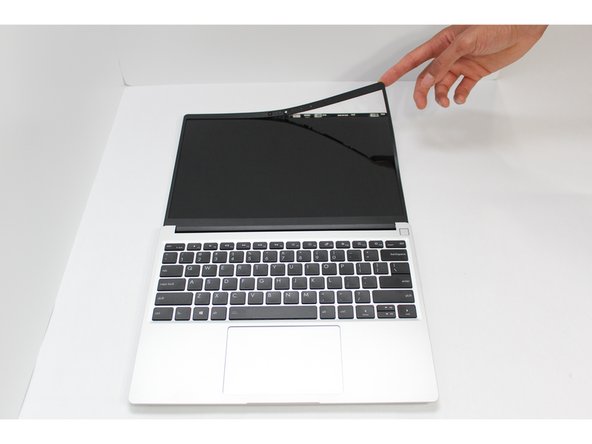
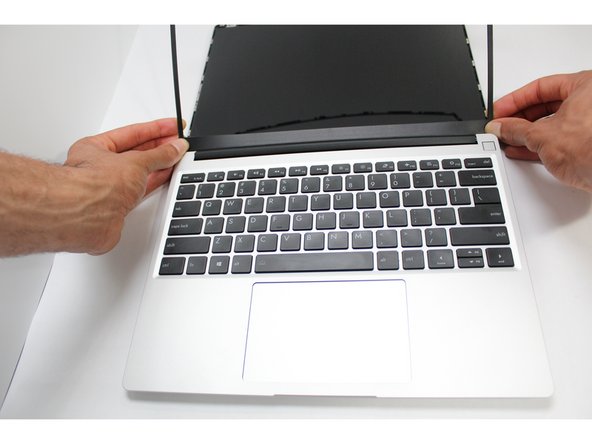


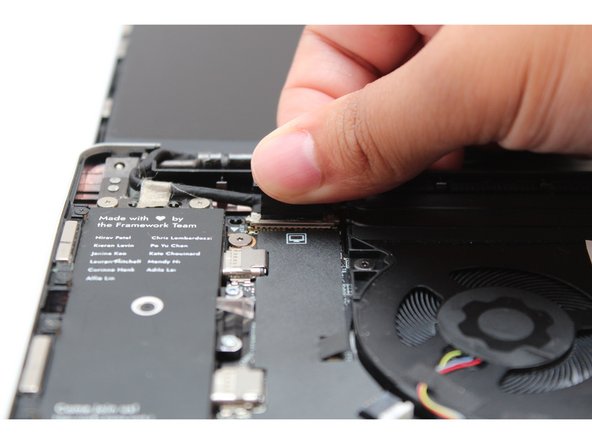



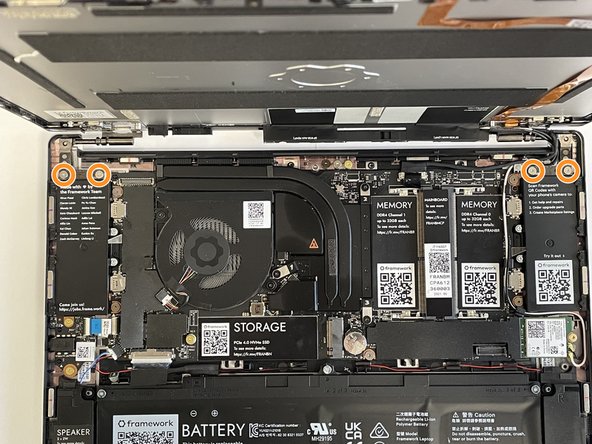
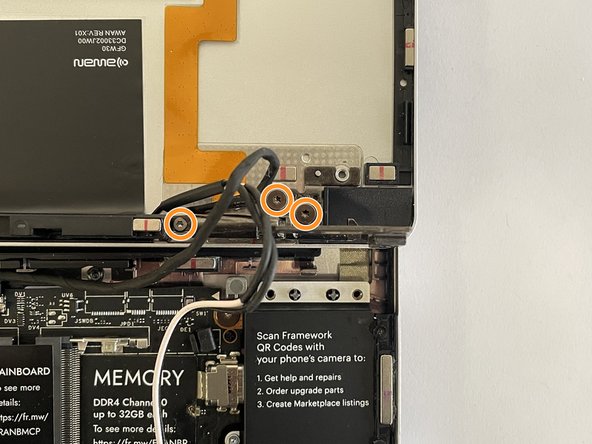
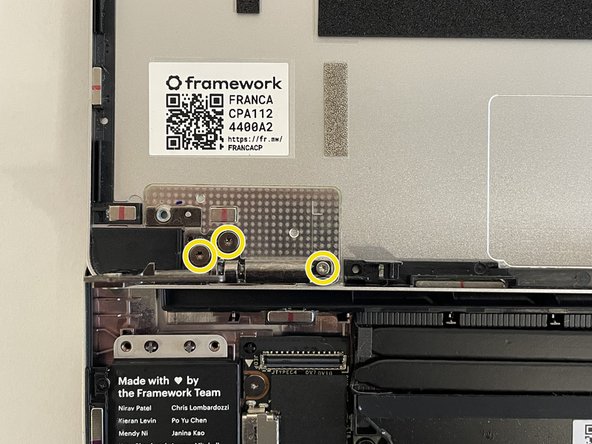
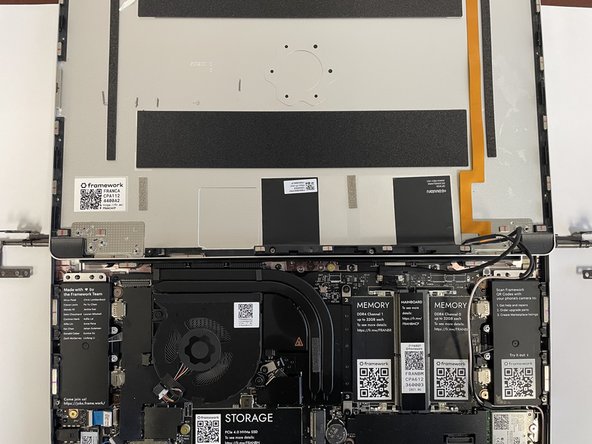
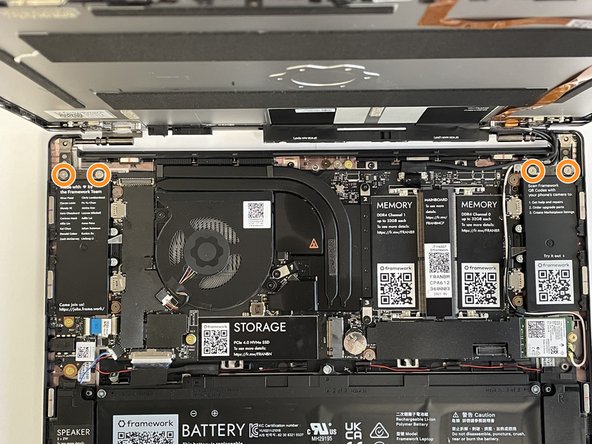
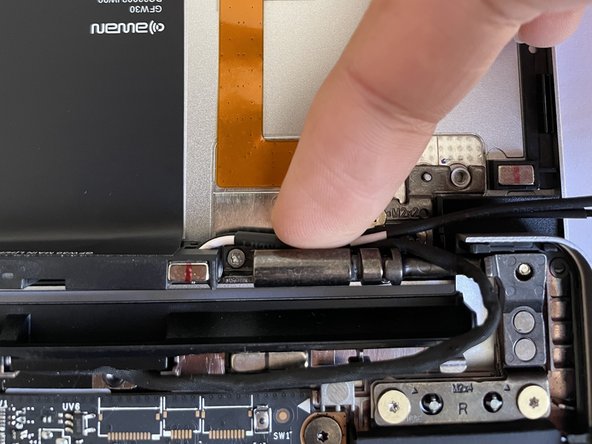


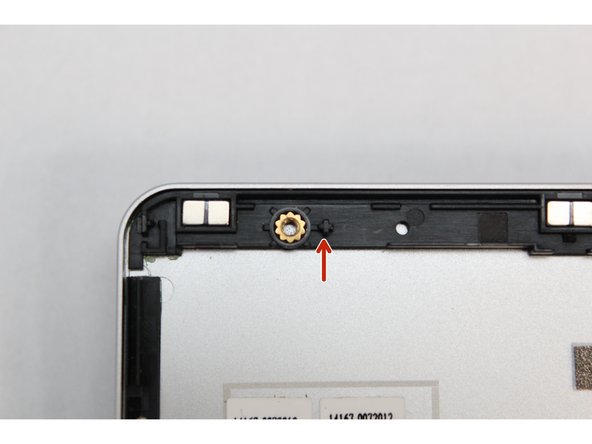
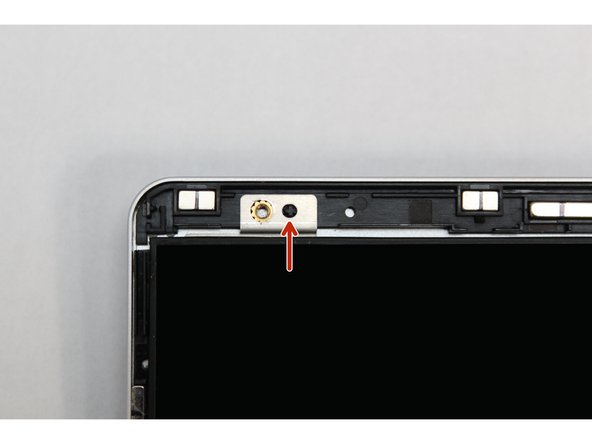


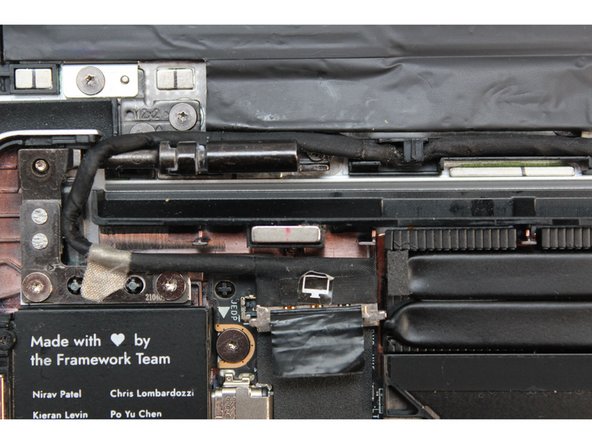
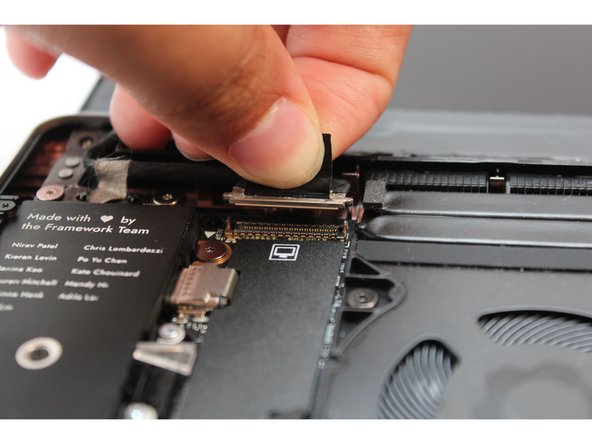
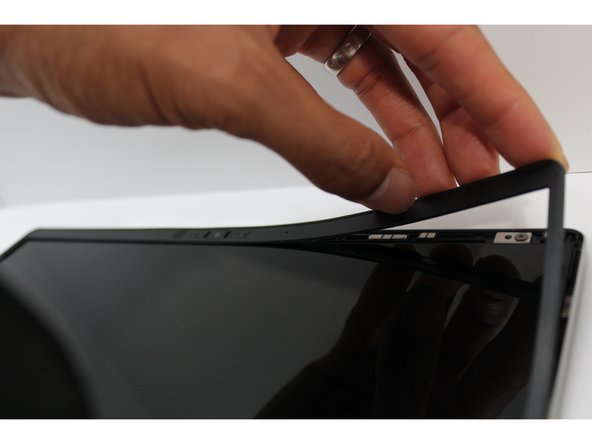
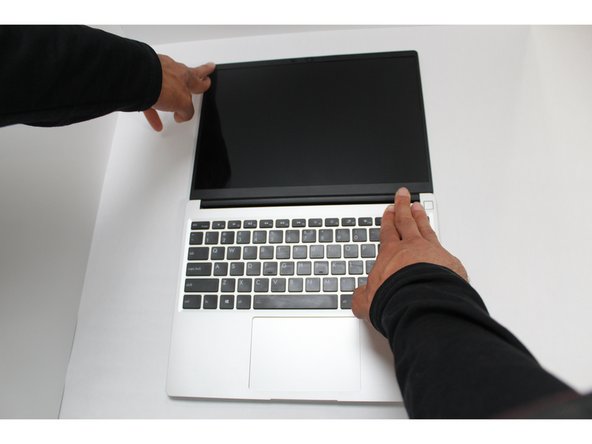
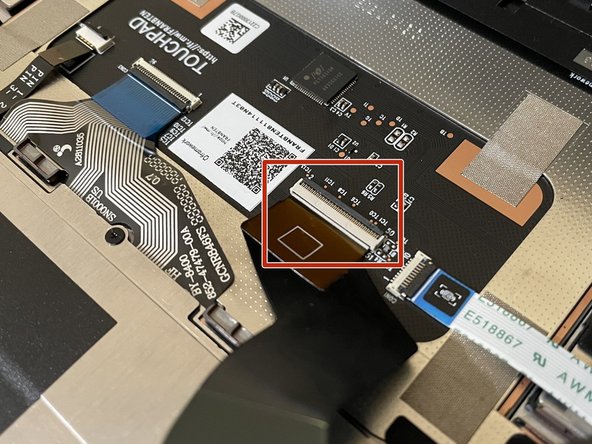
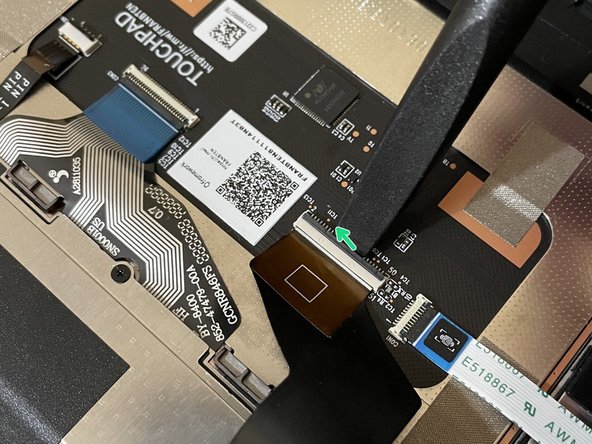
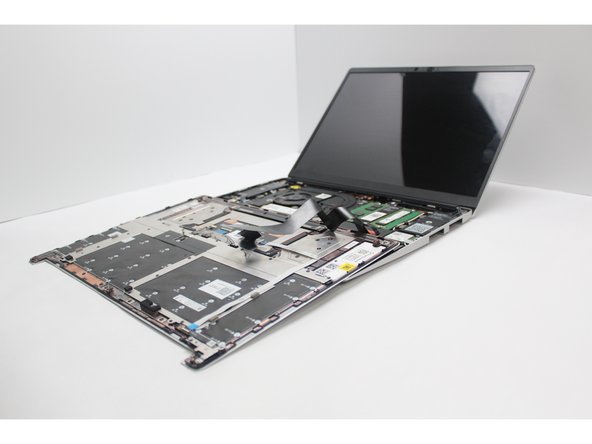
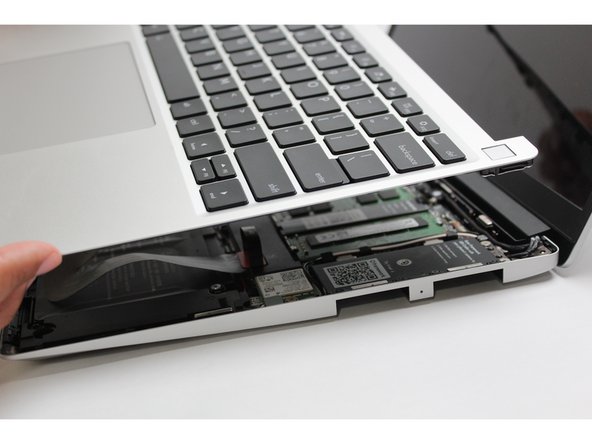
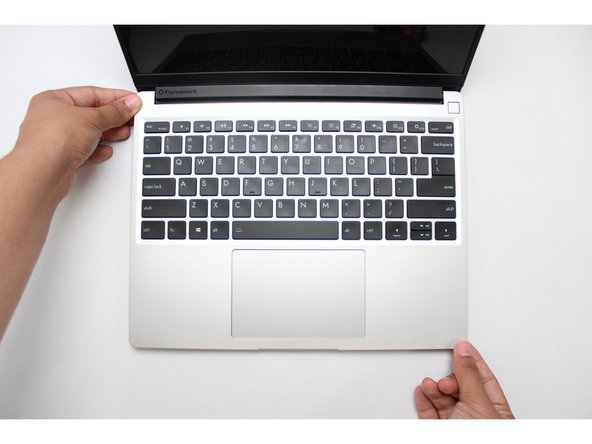
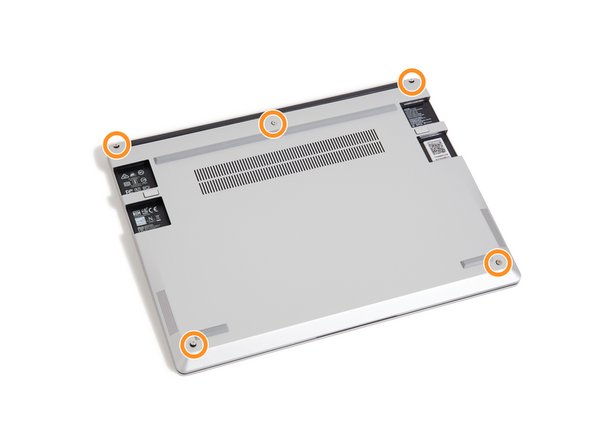
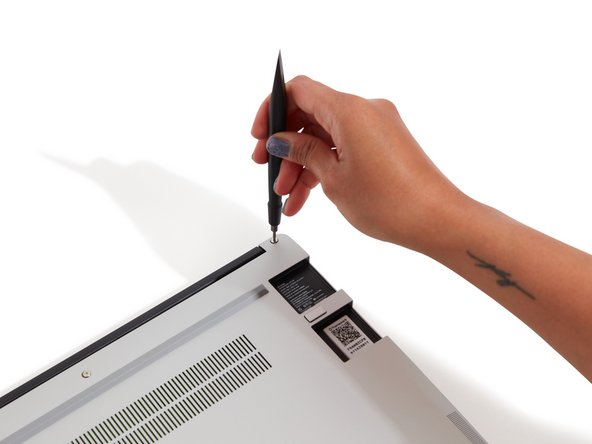
If you are upgrading to an Intel Ultra series, disable Bitlocker before shutting down your old main board if you are upgrading to an Intel Ultra series.
And for Ultra series, install windows as a fresh installation. This appears to be particularly important if you can't disable Bitlocker because your old main board died.
Jim Barron - Open Reply
Before even starting, inspect the new board to be sure all the connectors are ok. Mine had the speaker connector broken off.
Gary Aitken - Resolved on Release Reply
@ahappykittycat I wish that I had read your comment before I undertook this…
Mike Shaver - Resolved on Release Reply
IMPORTANT: If you plan to install your existing mainboard in a CoolerMaster case, make sure to boot into the BIOS and enable standalone mode before continuing.
Richard Tango-Lowy - Resolved on Release Reply
Pretty sure you might want to include a reminder to backup the bitlocker recovery key if it is enabled. The system will definitely boot to the bitlocker recovery screen since it will be a different TPM.
James Wu - Resolved on Release Reply
It could be helpful to give the bash terminal command to shutdown such as
Patrick Corey - Resolved on Release Reply
Bottom left*
Vijfhoek - Resolved on Release Reply